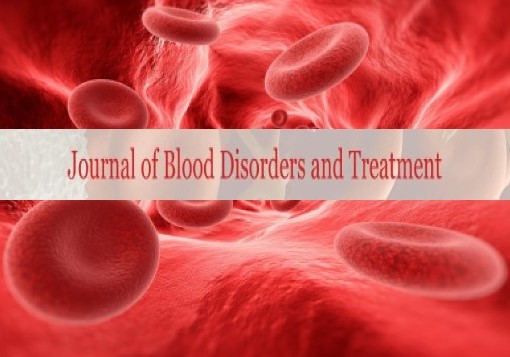Haematology Blood Cells, Molecules, and Diseases
Received: 08-Jul-2020 Accepted Date: Jul 23, 2020; Published: 30-Jul-2020
This open-access article is distributed under the terms of the Creative Commons Attribution Non-Commercial License (CC BY-NC) (http://creativecommons.org/licenses/by-nc/4.0/), which permits reuse, distribution and reproduction of the article, provided that the original work is properly cited and the reuse is restricted to noncommercial purposes. For commercial reuse, contact reprints@pulsus.com
Blood Cells
Blood Cells, Molecules, and Diseases (BCMD) publishes papers in the broad area of hematology, including both basic and clinical studies and encompassing areas such as homeostasis, thrombosis, immunology, metabolism, genetics, molecular biology, therapy, and morphology.
Red cells are simple but fascinating cells. They are perfectly equipped and shaped to perform their main function: to transport and release oxygen to the tissues. During erythroid maturation, red cells therefore lose their nucleus and organelles, enabling them to acquire an extraordinary degree of deformability allowing them to pass through even the smallest capillaries in the body. Nothing could be done without the parallel development of new technologies that have allowed these kinds of studies also to drive the development of methods to improve diagnosis, prognosis, and treatment algorithms for patients with conditions affecting the erythroid system.
Given their apparent simplicity (“simple bags of hemoglobin”) these cells have been the subject of many studies on cellular physiology. In addition, red blood cells have served as a paradigm for membrane transport models and they are considered as drug carriers. More recently the accessibility and purification of hematopoietic progenitor cells has enabled studies on erythroid maturation and the hematopoietic system, which in turn has driven research into novel biological concepts and methods. Purified erythroid precursor cells have been characterized using “omics” techniques to determine their transcriptional profiles, epigenetic programs, and responses to cell signaling, allowing a better understanding of erythropoiesis in normal conditions and diseased states. Next generation sequencing (NGS) technologies have opened up exciting landscapes for diagnosis and study of molecular mechanisms, with unprecedented sensitivity and specificity.
Anemia is the main clinical consequence of disorders of the red blood cell (RBC). Defects can affect either RBC production (erythropoietic defects) or be intrinsic to the RBC leading to premature clearance and, hence, decreased cellular survival (hemolysis). Many red blood cell diseases are hereditary in nature, and although in most cases the exact prevalence is unknown they are considered to be rare or even (very) rare. In particular the lack of a good genotype-to-phenotype correlation suggests that we have an incomplete understanding of the pathophysiological mechanisms involved. At the same time diagnosis often is hampered due to lack of appropriate (diagnostic) tests. This may, in part, explain the 20% of the cases with anemia in whom no cause can be identified.
The recent development of new technologies involved in understanding red cell volume regulation, ions fluxes, microfluidic or red cell imaging are examples of these innovative approaches.The objective of this Research Topic is to enhance the application of novel biochemical and molecular methods and techniques in the field of red cell pathophysiology, erythroid maturation, rare hereditary anaemias, transfusion medicine, and red cell production with the specific aim of further improving our understanding of red blood cells and associated disorders. Ultimately, this could result in novel therapeutic and diagnostic approaches.





